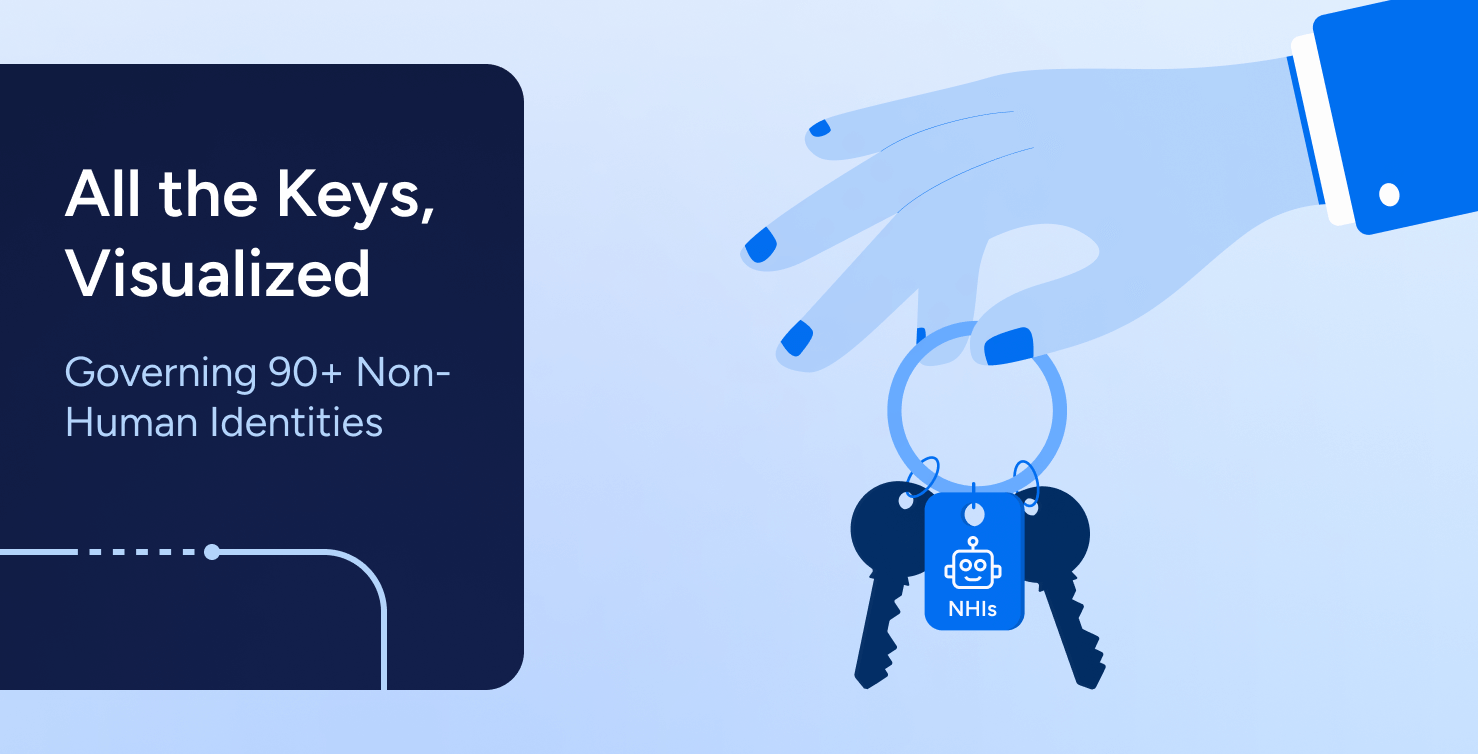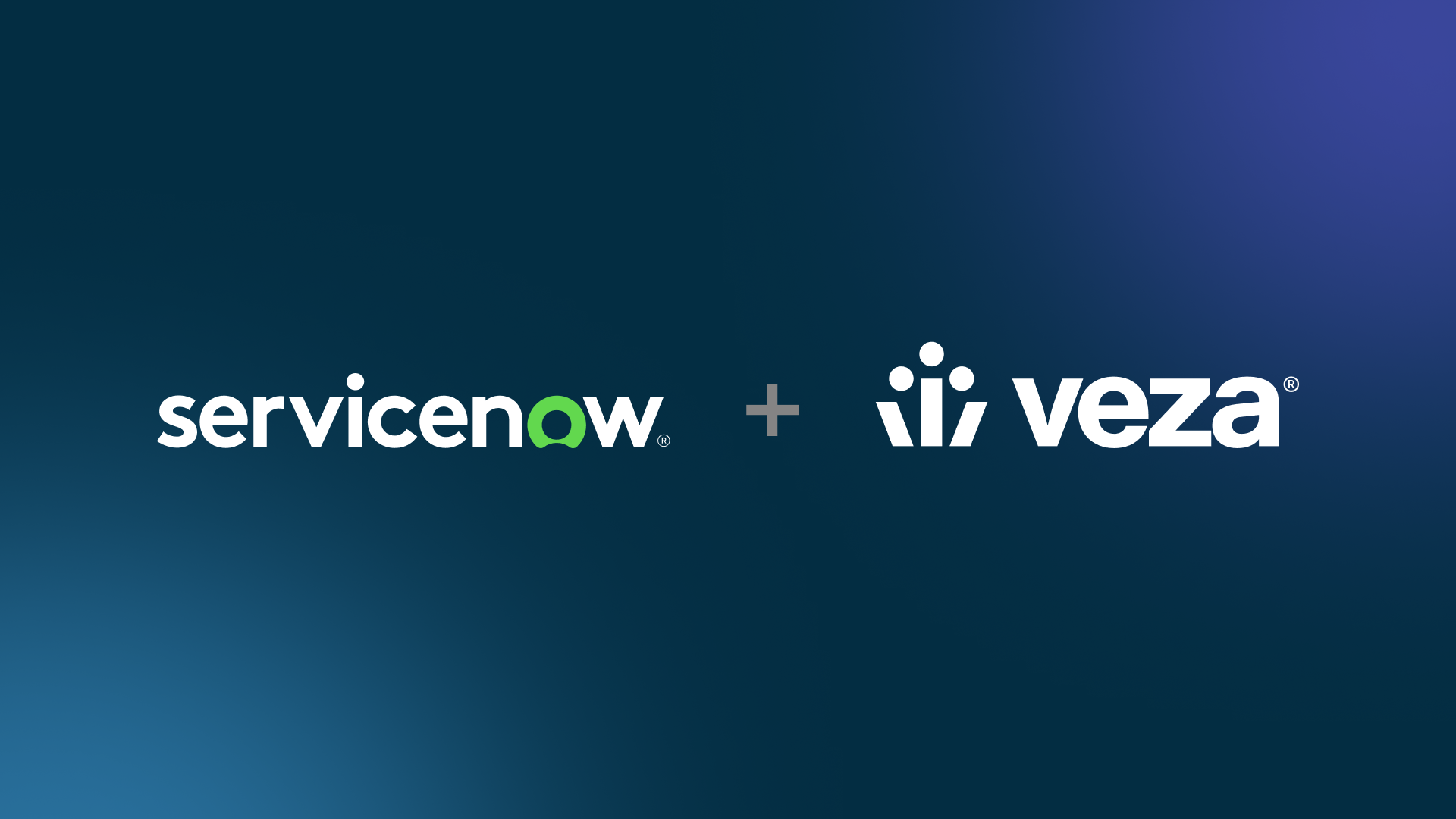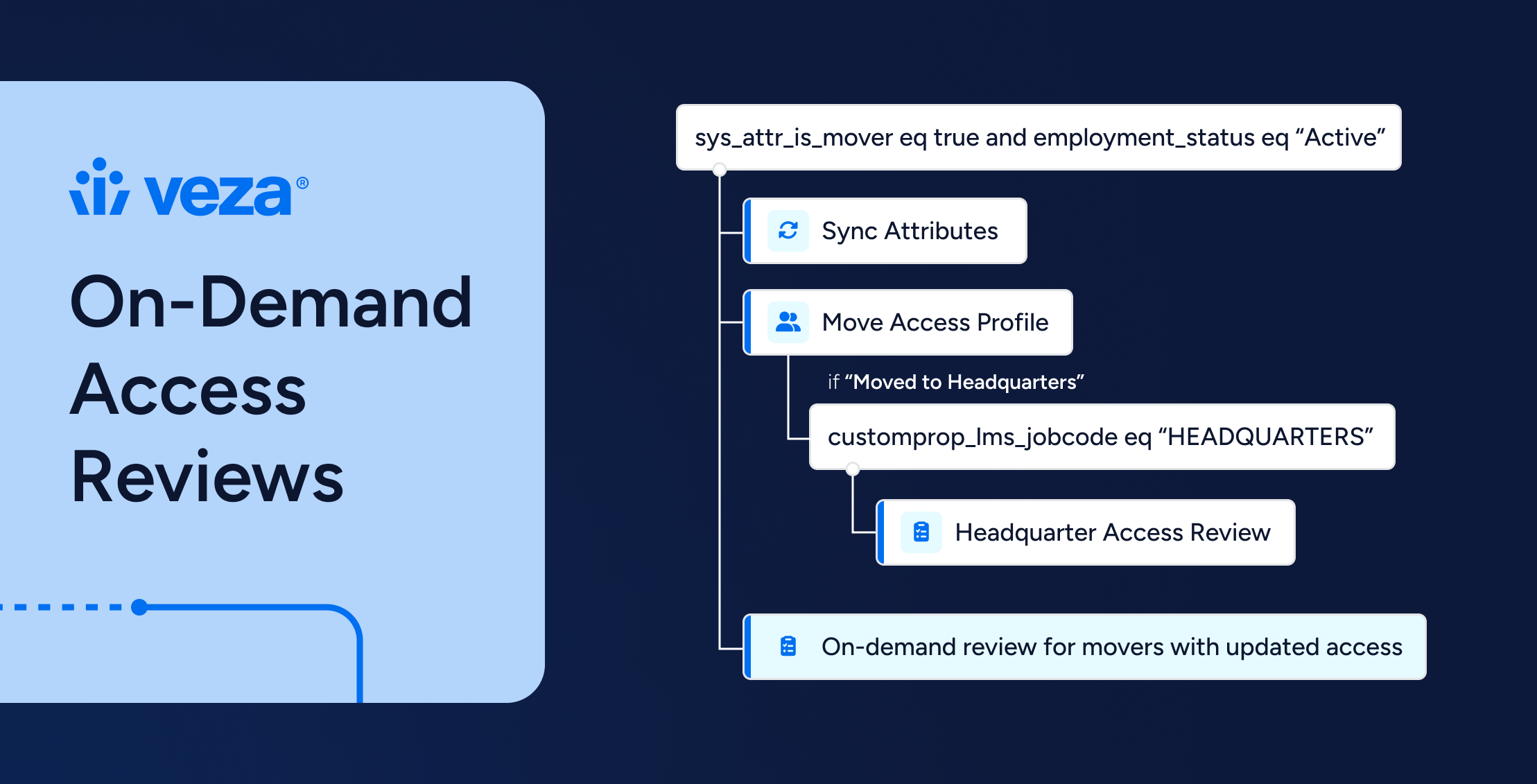
Most companies quietly carry more bots than people. If you cannot name each machine identity—also known as a non-human identity (NHIs)—the human who owns it, the doors it can open, and how its keys behave, you are not governing access. The practical path forward starts with an access graph that models over 90 non-human identity (NHI) types across clouds, data platforms, SaaS, and CI/CD pipelines, then lets you reason about effective permission, ownership, and secrets hygiene the way Access Intelligence frames decisions from context.
What breadth actually means
Breadth is not a list of integrations and service providers. Breadth means the graph recognizes what is human, what is not, giving consistent answers across every system to the following question: what can this identity really do, and why, across the many dialects your stack speaks. Because consistent classification + explainable permissions let you cut standing privilege, assign and enforce ownership, prove controls to auditors/insurers, and contain incidents faster, all without slowing delivery. An automation role in Snowflake is not a Salesforce integration user, and neither looks like a GitHub App. When those shapes are normalized, plain-English questions turn into precise action and comprehensive understanding: Which machines can write to regulated data? Which identities hold tenant-wide scopes? Which accounts belong to nobody at all? For a buyer’s-eye primer on why bots outnumber people and how programs adapt, the non-human identity management use case is a good starting point, and the mechanics of how platforms do this at scale land in the NHI security overview.
Discovery alone is not control. You make machine access interrogable with Access Search, then filter by entitlement, environment, and data sensitivity until only the risky few remain.
Secrets, keys, and the quiet drift of privilege
- Machine identities run on secrets. Teams sprint, release trains arrive, tokens linger like forgotten keycards, and the Verizon DBIR keeps reminding us that stolen credentials drive a disproportionate share of web-app breaches. Treat secrets, keys, and long-lived credentials as first-class objects in the graph; then ask questions you can automate: how access keys with no recent use
- Surface secrets past rotation windows
- Isolate service principals with more scope than sense
When detections need to become movement, wire those findings through Activity Monitoring so “we found it” becomes “we fixed it” with an audit trail.
If stakeholders need plain language, this explainer on what a non-human identity is pairs well with a companion on machine identity so leaders and auditors share vocabulary with engineers.
Ownership – the difference between posture and paperwork
Every bot needs a human owner, not a distribution list and not a TBD. Owners are how you review the right identities, approve the right changes, and close the loop when something looks off. Attackers are not waiting on malware; CrowdStrike’s Global Threat Report shows a large share of intrusions are credential-driven, which is exactly why clear ownership and review cadence matter. If your team needs a concrete rubric, run through this NHI ownership security checklist to confirm every machine identity has a named owner, purpose, review cadence, and credential policy you can prove. The control pattern is simple. Assign ownership in bulk, scope reviews to NHIs with admin or data-write powers, and treat exceptions like exceptions, not defaults. When privileged machines need right-sizing, lean on enforcement designs like Privileged Access Assurance so the fix fits the work.
Three use cases you can run this quarter
Retire standing credentials without breaking builds. Ask for credentials with no recent use and rotation past policy, cross-filter by data classification and environment so production gets first attention, convert that query into a rule, route to your queue, and measure the drop in long-lived secrets over thirty days. For teams living in HashiCorp Vault, a recorded walkthrough of securing nonhuman identities with HashiCorp Vault and Veza shows the pattern end-to-end.
Stop invisible admins in SaaS and data. Normalize integration users across Snowflake, Salesforce, and Okta, enrich with your naming patterns, scope Access Reviews to NHIs with admin scopes or write on sensitive datasets, assign owners in one motion, and apply least privilege where the blast radius is real. Third-party connectors and misclassified integration users are a common front door; Mandiant M-Trends tracks identity weaknesses and partner links as routine initial access.
Contain a machine-identity incident the same way every time. Imagine an automated identity writes to a sensitive table at 2 a.m. The alert fires; you check the access graph to see what else it can touch and how it got those rights. You rotate its keys, strip excess permissions to least privilege, and export the evidence for audit. Think of the Dropbox Sign incident: a compromised service account, then broad API key rotation. Make that sequence muscle memory – because repeatable wins beat heroic saves.
How this maps to IVIP without rebuilding your world
Boards keep hearing about Identity Visibility and Intelligence Platforms (IVIPs). The useful cut is simple: visibility means classification and inventory you trust, intelligence means usage, rotation, and effective permission that point to the next best change, and action means rules, reviews, and automation that keep the gains from sliding back. If you want a clean framing, the IVIP overview is a solid north star, and if your program is wrestling with governance debt, the patterns in Next-Gen IGA pair visibility with durable process so least privilege becomes an operating model, not a quarterly theme.
Month-one scorecard that moves risk
Count unowned NHIs by integration and environment, track credentials with no recent use and overdue rotation, list machine identities that can write to regulated data in production, and measure time from alert to change merged for secrets and entitlements. Those four lines tell a story executives understand: risk is down and speed is intact. For a broader European view, the ENISA Threat Landscape documents persistent credential misuse across sectors, underscoring why usage and rotation data belong in the scorecard.
Why breadth is not just a bullet point
Published logic that distinguishes human from non-human so your scope is right, secrets modeled with usage and rotation so policy becomes practice, and ownership treated as a control you can prove so audits become exports—not epics. It is coverage you can verify, tied to actions you can automate, aimed at outcomes you can measure.
If you want to walk the terrain with your data, bring a map and a stopwatch. The map is the graph. The stopwatch is your time to remediate. If both improve, your program is working.
Choose your next step
- Scope the problem space. Run a ten-minute sanity check on policy drift, then connect policy design to real access outcomes in Achieving Least Privilege: OPA’s Hidden Access Risks to see where machine identities quietly escape guardrails.
- Instrument detection to action. If you cannot show when a credential was last used or rotated, you are guessing. The Veza Access Monitoring datasheet maps usage and rotation signals to reviews, tickets, and automated fixes.
- Watch the pattern live. Prefer proof over promise. Join engineers walking through discovery, ownership, and right-sizing across machine identities in the NHI webinar and take notes on queries you can replicate the same day.
- Turn insight into change. Bring two service accounts and one stale key to a working session and we will map blast radius, owners, and least-privilege fixes you can ship this week






